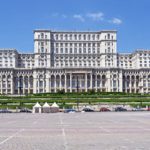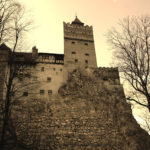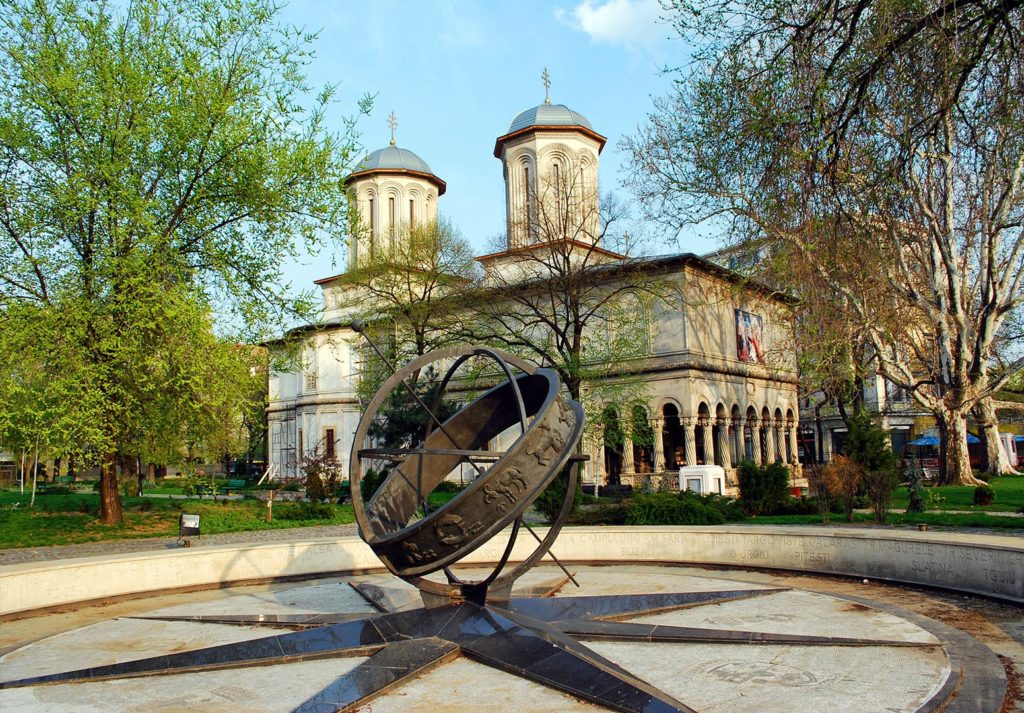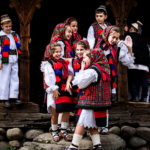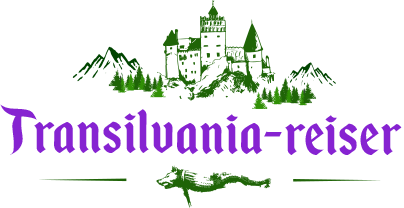The history of Romania is eventful and deeply connected with its geographical position on the continent, at the crossroads of great historical empires. In fact, Romania is one of the best places in Europe to discover and understand the history of the entire continent. A history that starts with the expansion of the Roman Empire to migrant tribes invasions, from the wars against the Ottoman Empire that threatened to conquer Christianity to the self-determination movements of the 19th century. Romania was in the first line on the eastern fronts of the two world wars and was transformed into a communist state for more than four decades.
Romania is a country located at the crossroads of Central, Eastern, and South-eastern Europe. It borders the Black Sea to the southeast, Bulgaria to the south, Ukraine to the north, Hungary to the west, Serbia to the southwest, and Moldova to the east. With a total area of 238,397 square kilometres (92,046 sq mi), Romania is the 12th largest country and also the 7th most populous member state of the European Union, having almost 20 million inhabitants. Its capital and largest city is Bucharest, and other major urban areas include Cluj-Napoca, Timișoara, Iași, Constanța, Craiova, and Brașov.



